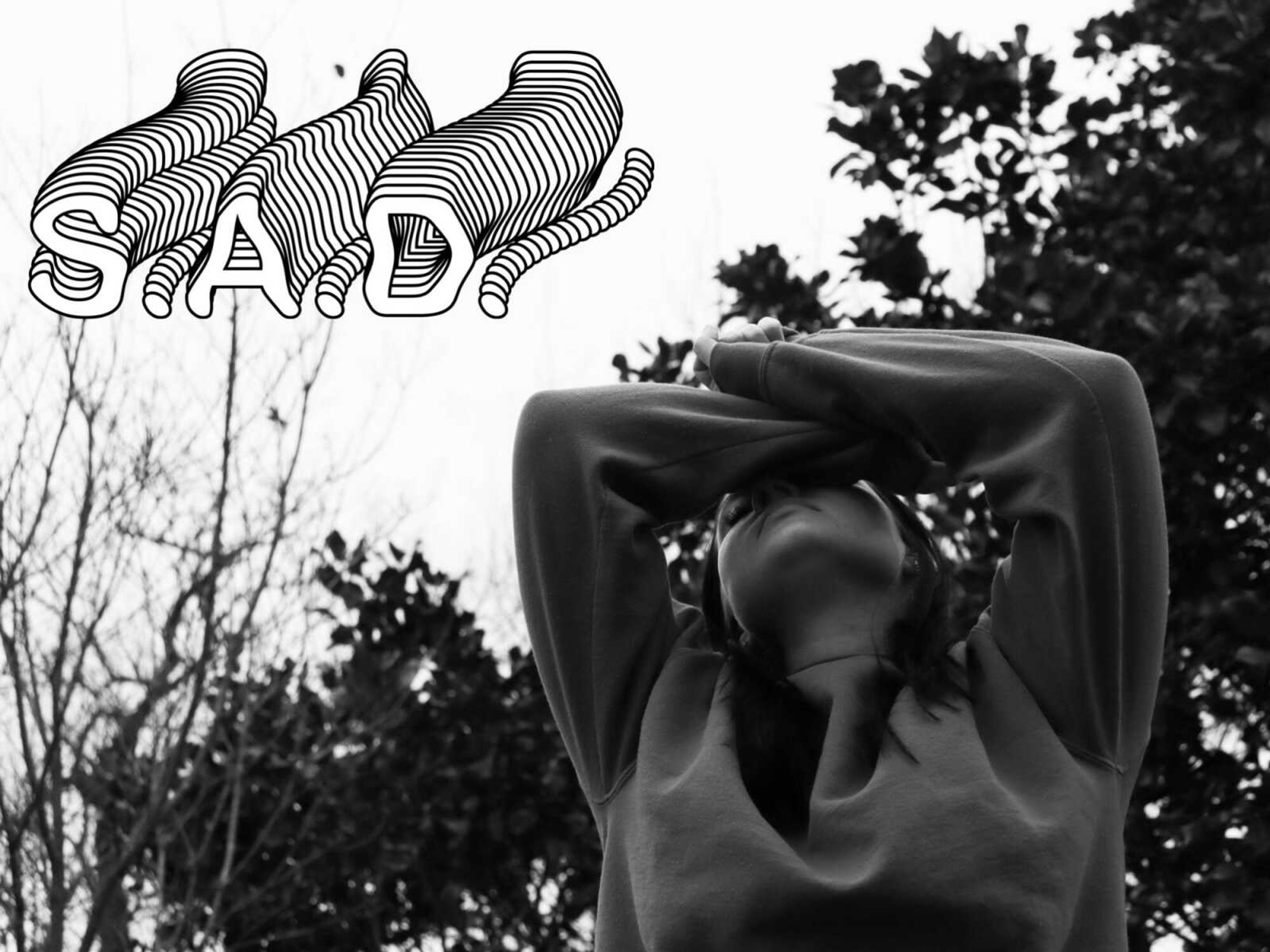As the days get longer now; the nights get colder and more time is spent inside. Students may find themselves feeling more down than usual. This feeling of sadness in the winter is called seasonal affective disorder, more commonly known as seasonal depression.
According to an article by the Cleveland Clinic, “Seasonal affective disorder (SAD) is a type of depression that is triggered by a change in seasons, usually when fall starts and gets worse in the late fall or early winter before ending in the sunnier days of spring.”
The medical causes for seasonal depression can be complex.
“As it gets darker outside, more melatonin may be produced, opposed to serotonin. Another [cause] is that as it gets darker earlier, we tend to stay inside and isolate more and just aren’t as social,” psychology professor Jessica Bishop said.
Recognizing the signs of SAD can be much like recognizing the signs of non-seasonal depression.
An article by the National Institute for Mental Health stated, “The signs and symptoms of SAD include those associated with major depression and symptoms also felt specifically in the winter or summer.”
This article also stated that patterns more commonly associated with winter SAD are oversleeping, overeating, weight gain and social withdrawals. These patterns are also similar to generalized depression.
Some examples of symptoms closely related to generalized depression are losing interest in activities you once enjoyed, having low energy, difficulty concentrating, feelings of hopelessness, and feeling sluggish or agitated.
SAD can affect anyone, but it may be more likely to affect people with pre-existing mood disorders.
According to an article by MedlinePlus, “SAD occurs in 0.5% to 3% of individuals in the general population; it affects 10 to 20% of people with major depressive disorder and about 25% of people with bipolar disorder.”
This means SAD could affect students on the SEMO campus.
“[SAD] can cause me to feel unmotivated and I start to become closed off, compared to my normal social self,” sophomore acting major Kennedee Nash said.
Nash began to not recognize herself due to the side effects of SAD.
“I start to do other things like not eat as much and make excuses for certain things. For example, I will use the excuse of ‘it’s getting cold’ to stay in my room under the blankets instead of going out with friends,” Nash said.
SAD can affect people’s everyday lives and activities. Acknowledging SAD and learning coping mechanisms are crucial parts to helping reduce and treat seasonal depression.
The SEMO Center for Behavioral Health and Accessibility Counselor Torie Grogan said seeking support in the assessment and diagnosis of symptoms related to seasonal depression by medical and mental health professionals is recommended to ensure proper treatment interventions.
“Recognizing that urges for isolation can increase with seasonal depression, being proactive and scheduling activities and outings that promote connection can be helpful,” Grogan said. “Creating a schedule that includes a balance of self-care activities, enjoyable activities and academic tasks that support structure and mental wellness is key.”
Grogan also discussed a few ways students can approach and decrease their seasonal depression.
“The Center for Behavioral Health and Accessibility Services shares the Body U Program as an online resource to support coping with depression and anxiety, in addition to offering nutrition and sleep support,” Grogan said.
There are additional ways to help treat SAD.
According to an article by the Mayo Clinic, “Treatment for seasonal affective disorder may include light therapy, psychotherapy and medications. Light therapy mimics natural outdoor light and appears to cause a change in brain chemicals linked to mood. Some people with SAD also benefit from antidepressant treatment.”
Coping with SAD can be a difficult process, but there are a variety of resources on campus to help students in need of support. To get more information on campus resources, contact The Center of Behavioral Health and Accessibility at (573) 986-6191 or cbha@semo.edu.




